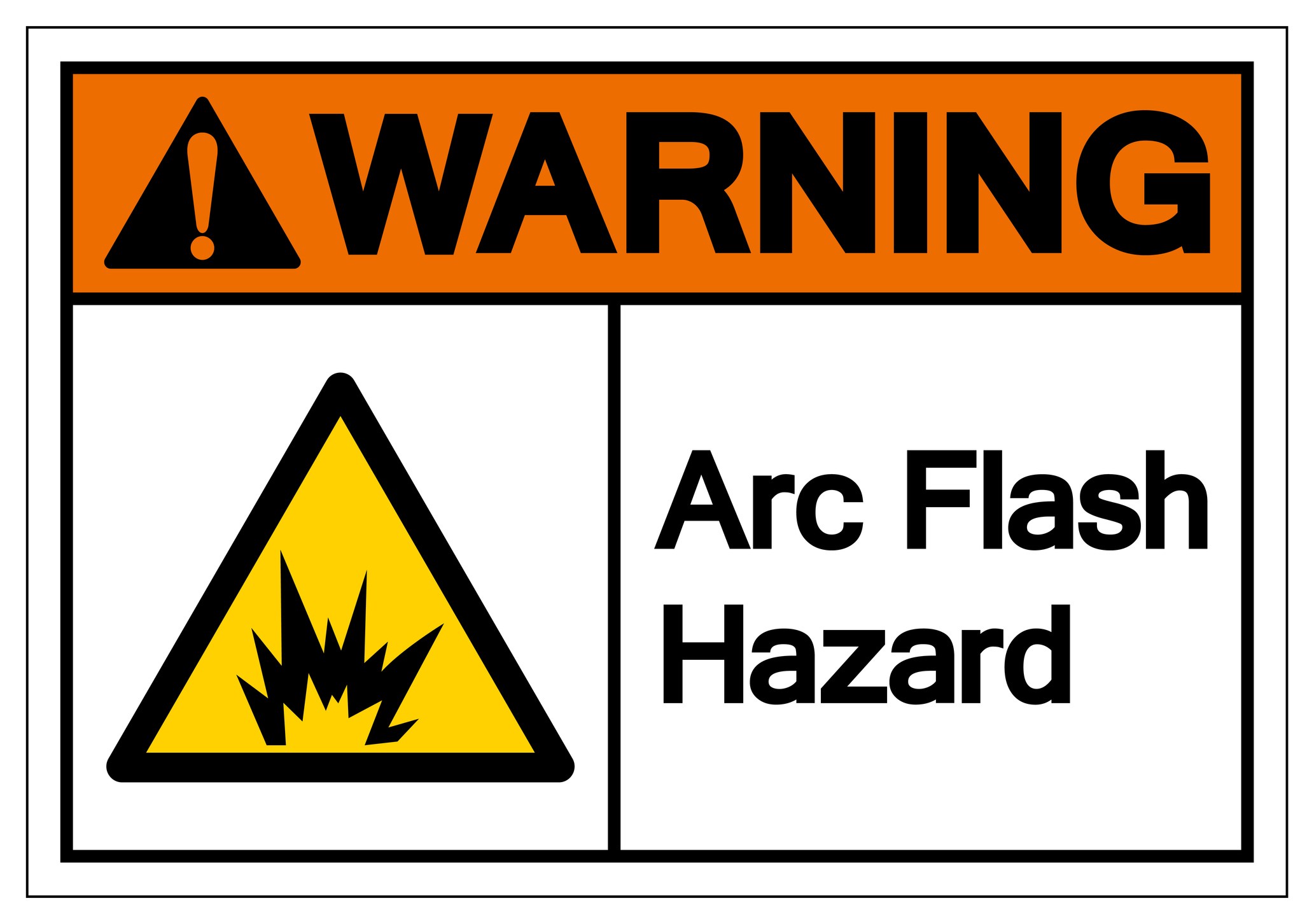7 Critical Tips to Prevent Burn Injuries
Next week is Burn Awareness Week, which serves as an opportunity for safety educators to provide their organization with prevention tips. Start the conversation by starting with these common hazards that are often overlooked.
January 28, 2022

Work-related fires and explosions account for more than 5,000 burn injuries each year. While there are many strategies to prevent specific industry-related burns, everyone can benefit from general burn safety training. Arc flashes, in particular, which occur from a sudden, uncontrolled current passing through the air, are a risk that can be greatly reduced with the proper controls.
“Burn injuries in the workplace can be especially catastrophic due to their severity, pain and recovery time for an injured employee,” said Kevin O’Sadnick, Senior Risk Control Manager at Safety National. “Thermal burns, caused by an open heat source, and electrical burns can be prevented by using proper PPE and having procedures and emergency action plans.”
These seven tips can prevent potentially traumatic injuries and keep your employees safe.
1. Clearly mark all high-voltage areas and machinery.
Any equipment that produces 50 volts or above is considered hazardous to employees. This visual warning notifies employees of the electrocution and arc flash dangers it presents.
2. Have a meaningful, energized work policy with steps to ensure de-energization.
De-energization means removing the energy from machinery or equipment. Often, there are hidden sources of energy present after the main energy source has been disconnected from the equipment. Controls to eliminate or reduce the risk of these energy sources are required to properly de-energize machinery. A policy that ensures proper de-energization can help eliminate arc flash exposures, especially during regular maintenance.
3. Routinely maintain and check cords.
Before use, check extension and charging cords and replace frayed or damaged cords immediately. Do not attempt to repair fraying electrical cords, which can damage the insulation that protects against shocks or electrocution.
4. Never remove the ground prong on an extension cord.
The ground prong, or third pin, on a plug serves as an emergency path for electricity to travel through if a short circuit or fault happens within the device. This prong helps trip a breaker, preventing further damage to the device, fire or shock.
5. Be aware of your water heater settings.
Keep water temperatures at no more than 120 degrees Fahrenheit. Anything higher puts those that use your establishment’s facilities at risk for scald injuries.
6. Beware of unusually warm switches or outlets.
If you notice that they are warm, stop using the switches and call an electrician to check the wiring. A warm wall outlet could mean too many devices are drawing energy from it, but could also be resulting from damaged wiring or incorrectly sized breakers. Start by unplugging devices and waiting a couple of hours, and if it still presents warm, you may need to investigate further.
7. Pay attention to your circuit breakers.
Frequently tripped circuit breakers are a sign that the circuit cannot handle the power demand. Try moving devices to other circuits or have an electrician check your system.

























